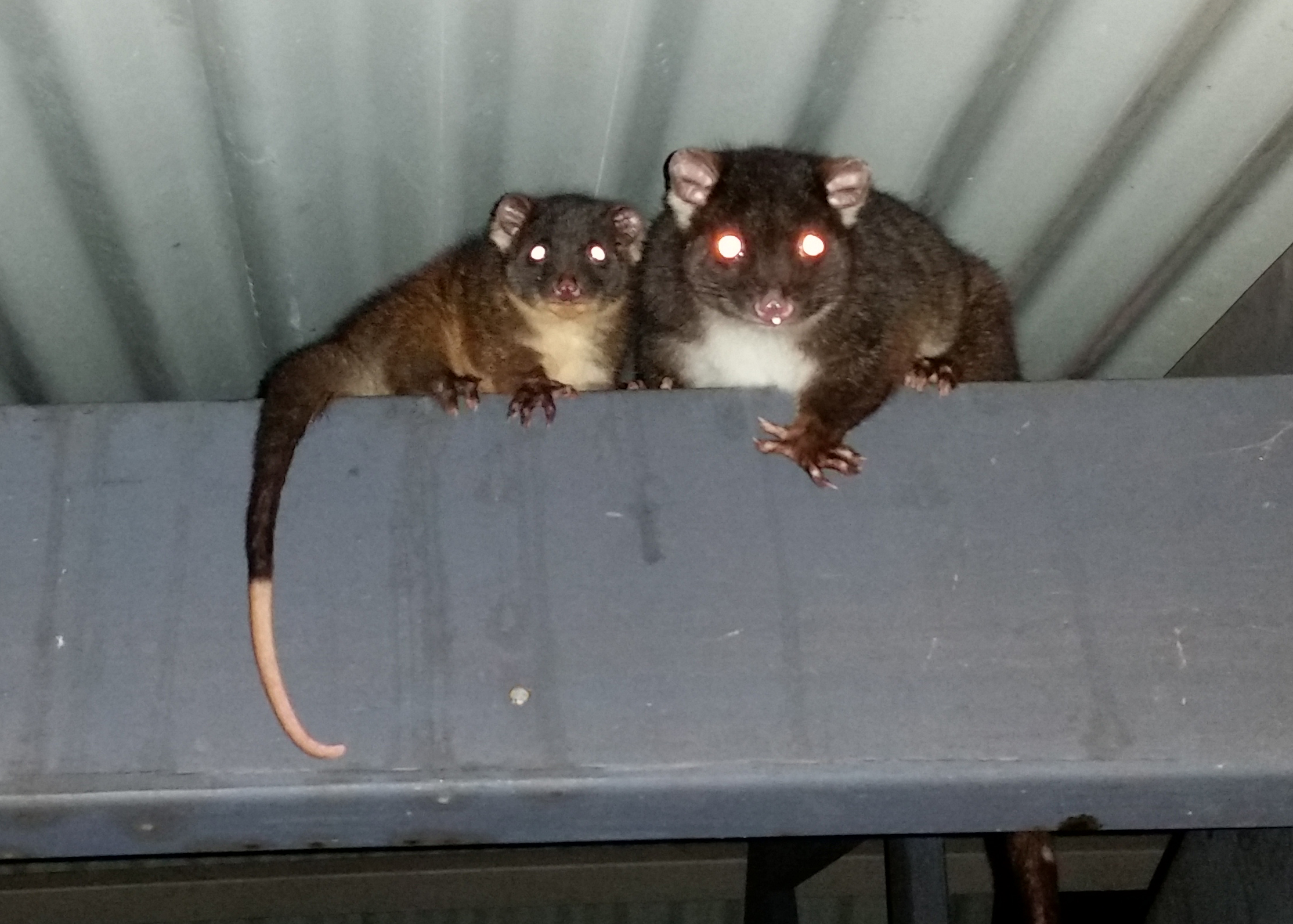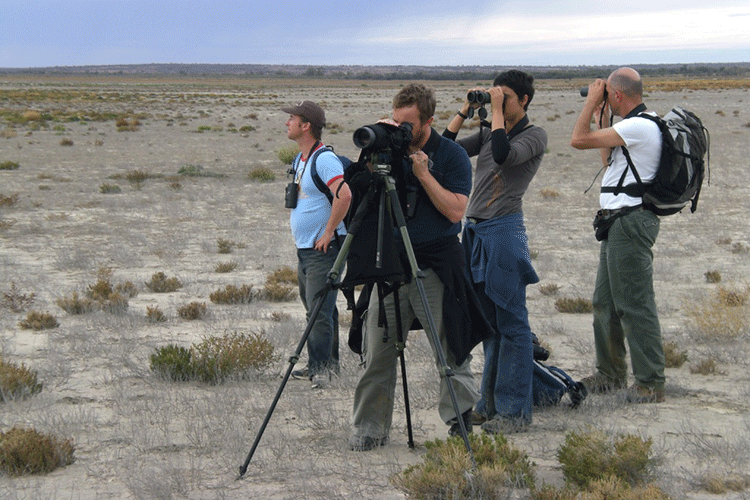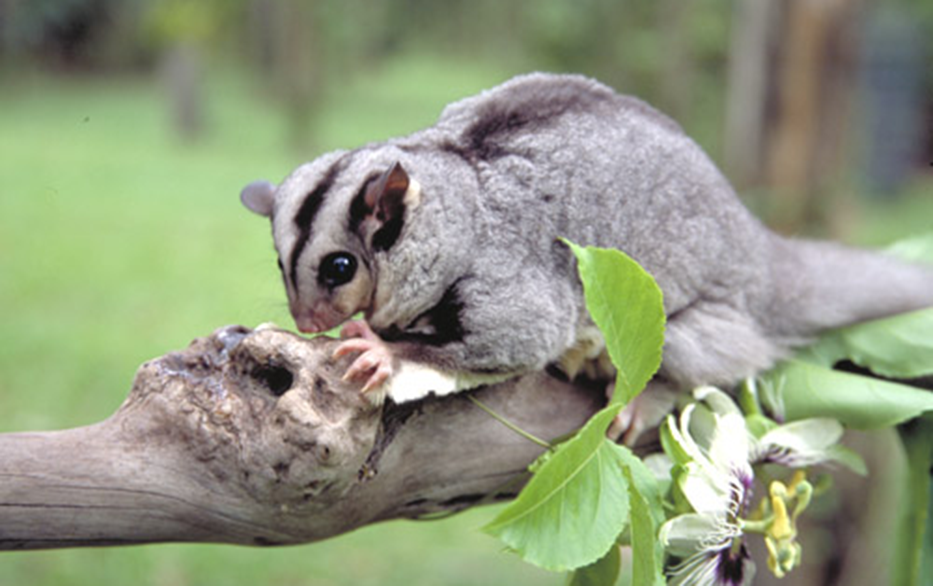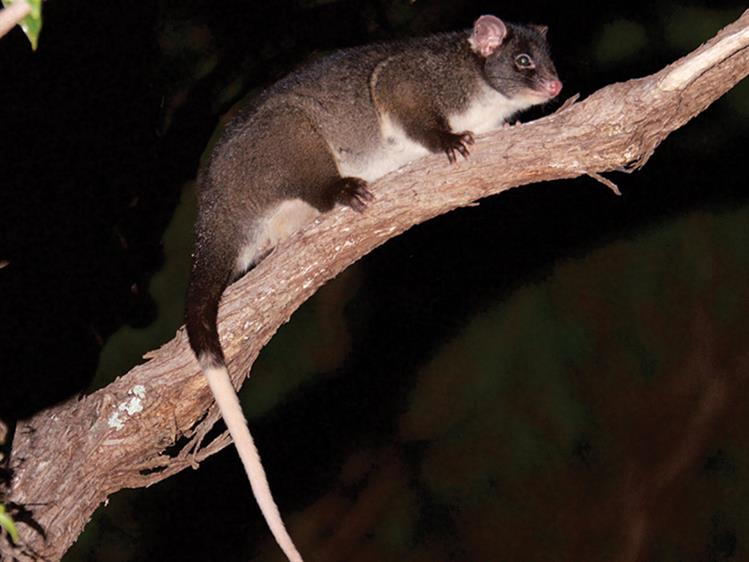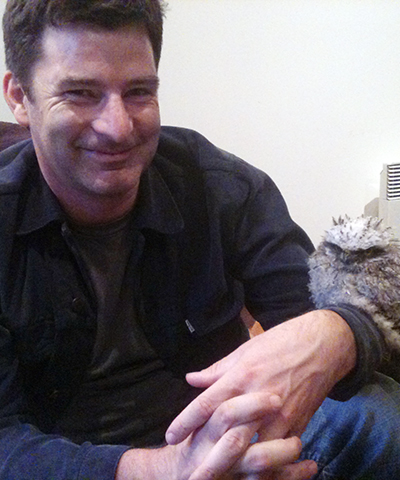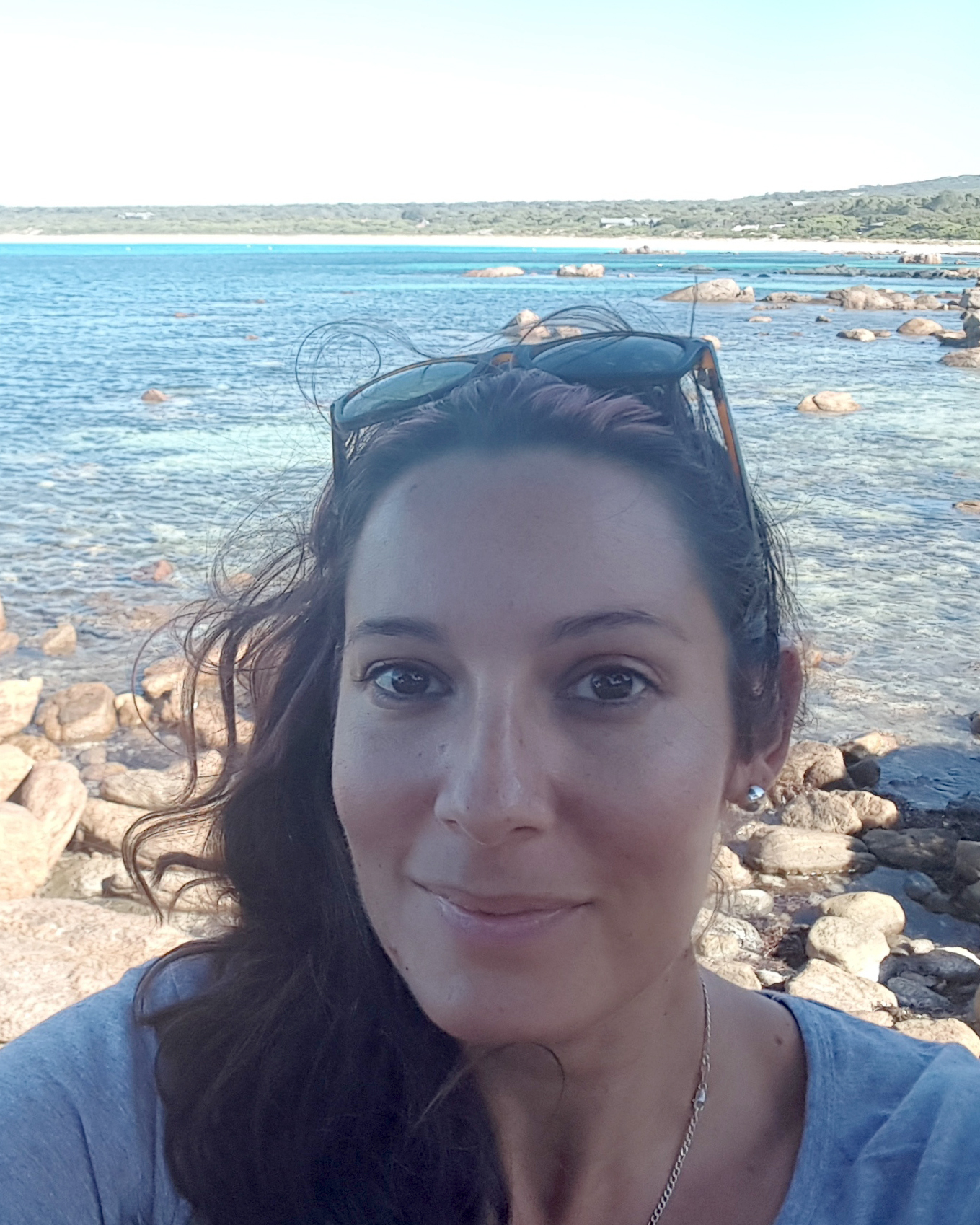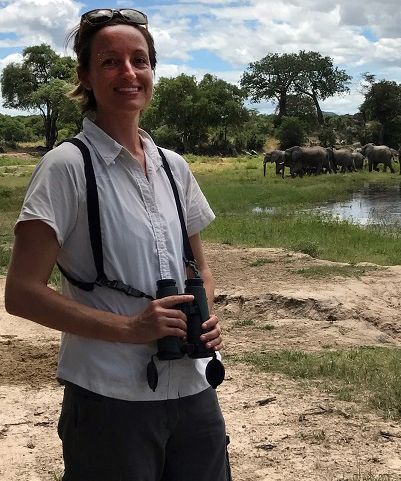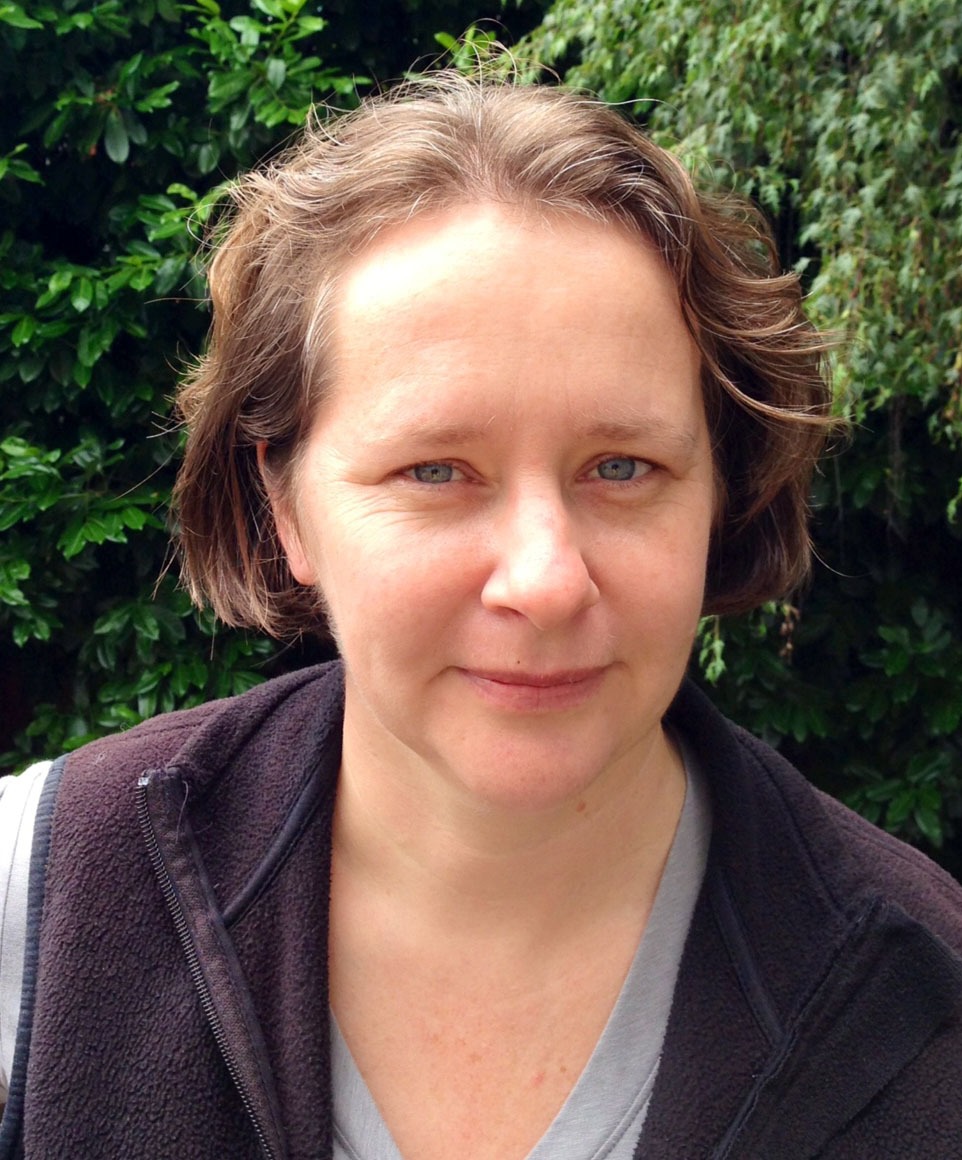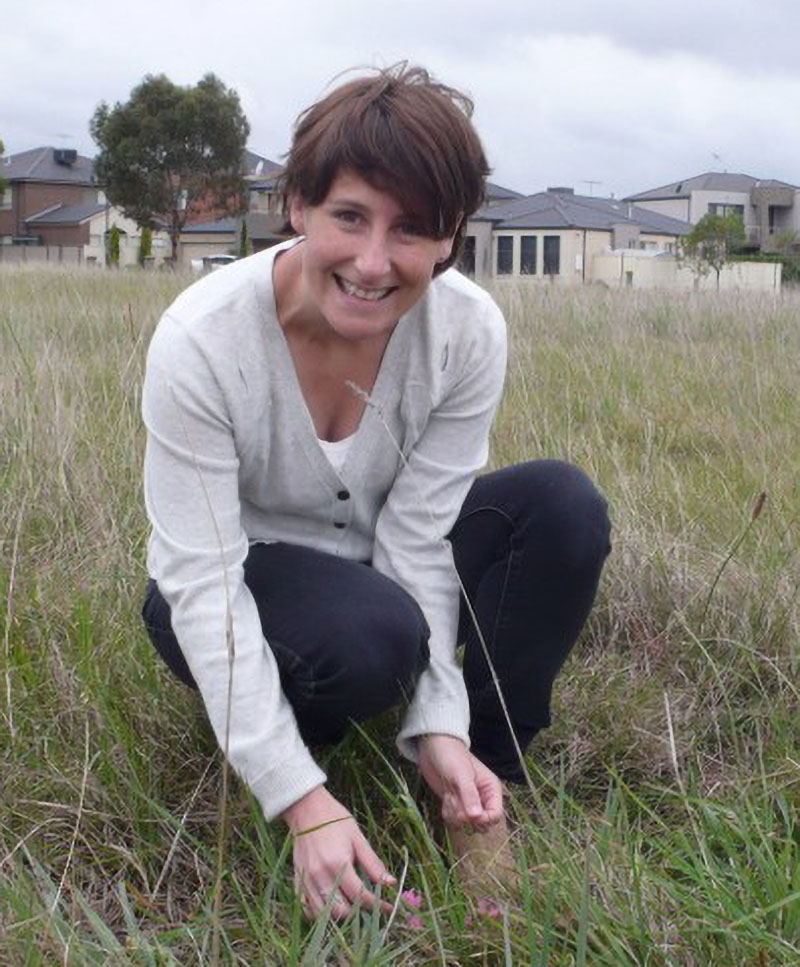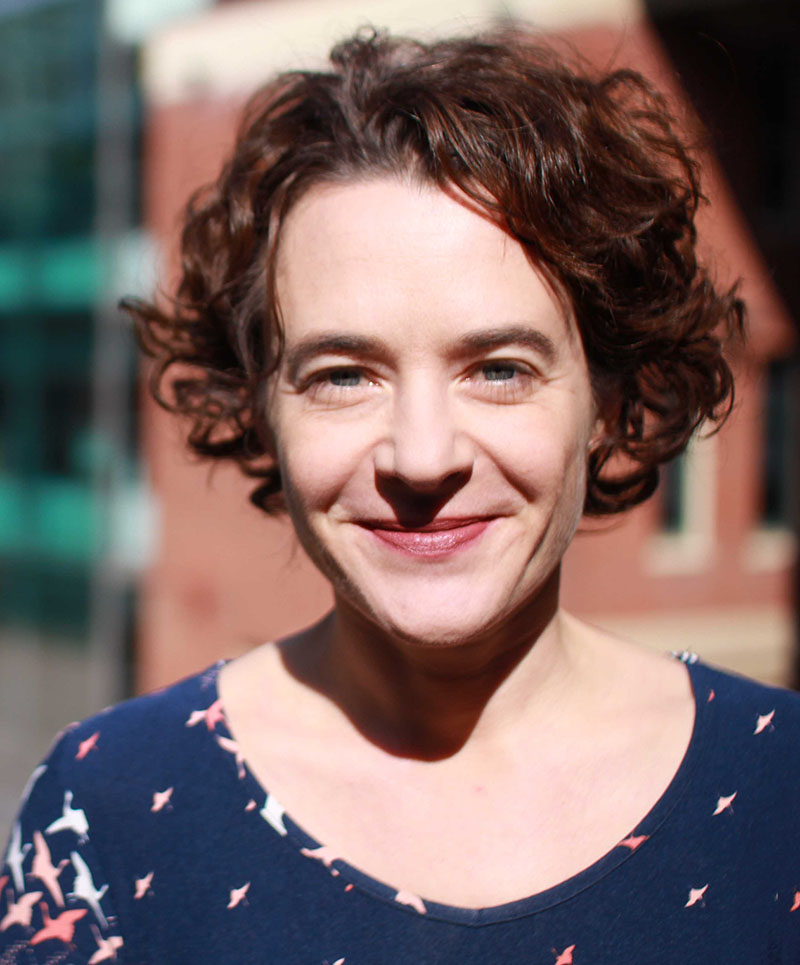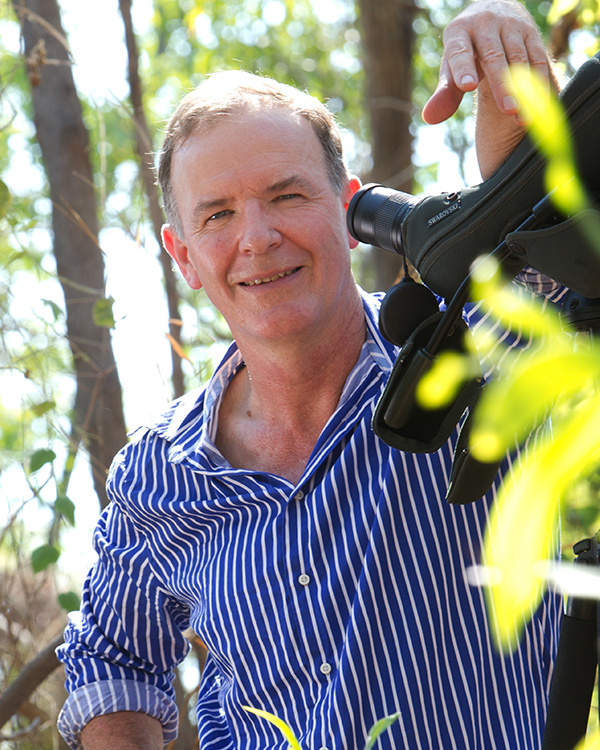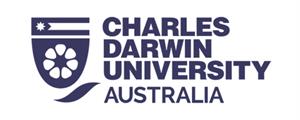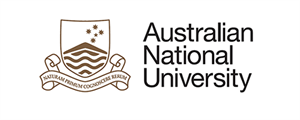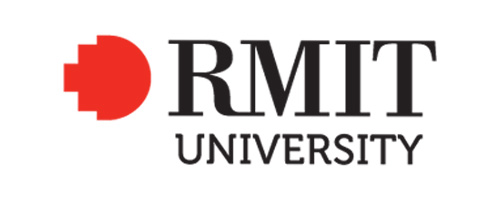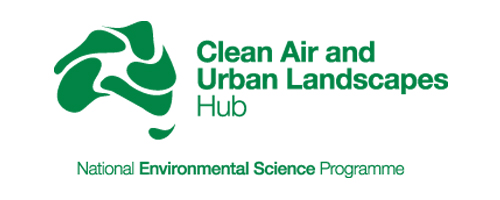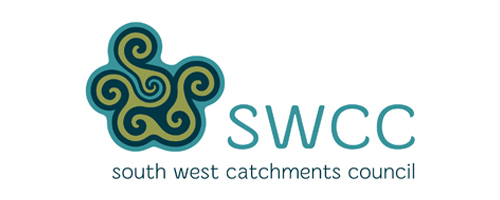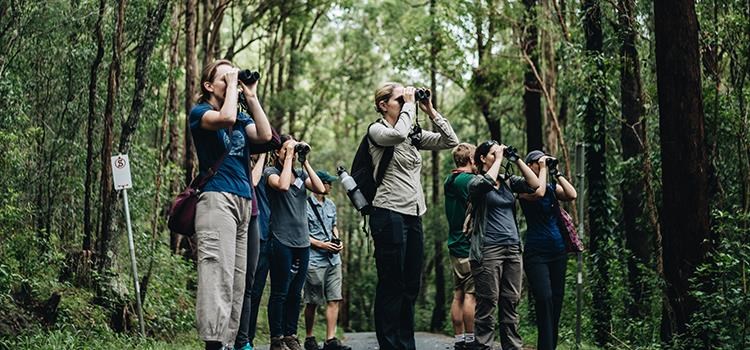
Project: 6.5
Citizen science for threatened species conservation and building community support
Project Leaders: Richard Fuller , James O'Connor
Research in Brief
Citizen science is surging in Australia, and represents a huge opportunity to engage the public with threatened species, to capture valuable data and to deliver crowd-sourced on-ground conservation action. This project will deliver protocols to guide the application of citizen science to threatened species monitoring and management.
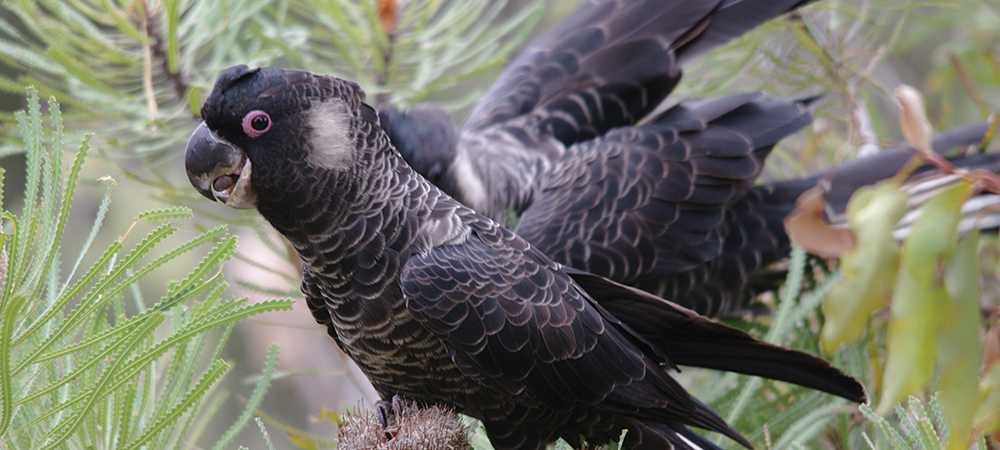 Citizen science collected information on Carnaby’s Black Cockatoo has been utilised in recovery planning for the species which is listed as endangered by the Environment Protection and Biodiversity Conservation Act 1999. Photo: Ralph Green Flickr CC.
Citizen science collected information on Carnaby’s Black Cockatoo has been utilised in recovery planning for the species which is listed as endangered by the Environment Protection and Biodiversity Conservation Act 1999. Photo: Ralph Green Flickr CC.
Why is the research needed?
Substantial investment is being made in citizen science programs in Australia and a huge opportunity exists to harness citizen science programs to benefit threatened species conservation. While there have been many highly successful citizen science programs in Australia there have also been failures. No comprehensive evidence based guidelines exist to inform the development of citizen science programs.
To date, there has been no assessment of the extent to which citizen science programs can raise support for threatened species conservation, and can transition participants from data collection to delivering on-ground conservation actions for threatened species. Citizen science is thus arguably failing to reach its full potential for threatened species conservation in Australia.
Finally, robust citizen science data could be used to support planning, reporting and decision making in many areas, such as; threatened species recovery and threat abatement planning; State of the Environment and Convention on Biological Diversity reporting; spatial prioritisation for the National Landcare Programme; and assessment of programs such as the 20 million trees program. To enable this, confidence in the quality of the data will be essential, and will need to be directed to strategically relevant times and locations.
How will the research help?
This project will extend existing research about why and how the Australian public engages in citizen science, and will examine how this relates to Australia’s threatened species. In particular the project will:
- Review Australian citizen science programs relevant to threatened species in order to determine the design features of a successful citizen science program
- Develop and test methods to use citizen science programs to scale up threatened species monitoring and improve quality
- Plan a trial program to transition citizen scientists from observers to conservation actors.
The project will improve our understanding of the strengths and weaknesses of alternative citizen science program models, including constraints and barriers to participation and achievement of program goals. It will deliver protocols to guide the application of citizen science to threatened species monitoring and management in Australia. A range of supporting communication tools will also be developed to share the findings of this project with citizen science programs relevant to threatened species monitoring and management.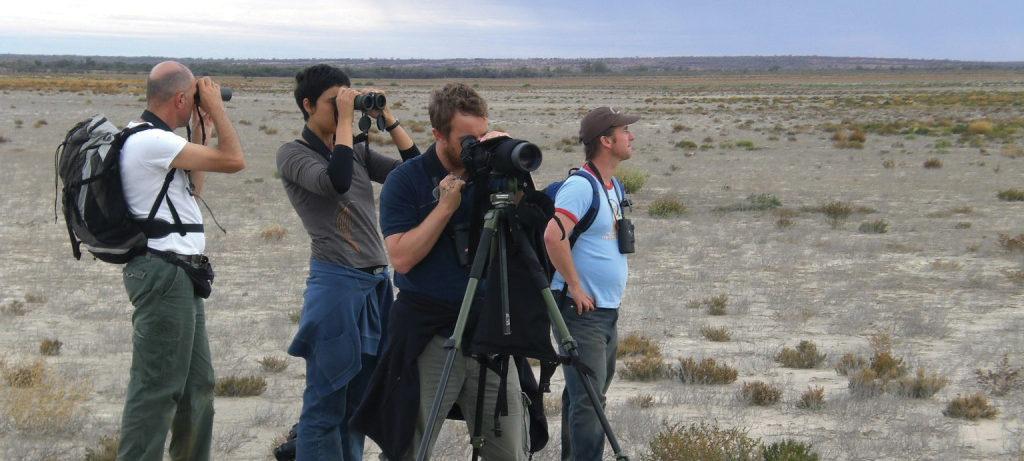 Citizen scientists can increase the coverage of monitoring programs. Photo: Claire Fuller
Citizen scientists can increase the coverage of monitoring programs. Photo: Claire Fuller
What research activities are being undertaken?
The project activities focus on three areas:
1. Discovering the design features of a successful citizen science program
The team will conduct a thorough review of Australian citizen science programs relevant to threatened species to determine why some programs are successful and others are not. Using content analysis and questionnaire surveys, citizen science programs will be examined based on tried and tested evaluation frameworks. Finally there will be an assessment of the characteristics that lead to success of a project.
2. Develop and test methods for scaling up threatened species monitoring through citizen science in Australia
The team will design experiments to enhance the quality and quantity of threatened species monitoring data, using established and successful citizen science programs, such as eBird and Birdata. Experimental interventions will involve directing monitoring to strategic locations or times using novel and innovative methods of communication and information sharing.
3. Plan a trial for transitioning citizen scientists from observers to conservation actors
For some threatened species, especially those occurring in or near urban areas, management actions taken by the public can play a significant role in their conservation. Actions, such as deliberately planting habitat trees in your yard, can also increase the connection a person feels with threatened species conservation. During this initial one year project we will identify a case study, negotiate with the relevant stakeholders, and produce a plan for establishing an experimental regime for testing whether citizen scientists can be transitioned into delivering on-ground conservation actions that help recover threatened species.
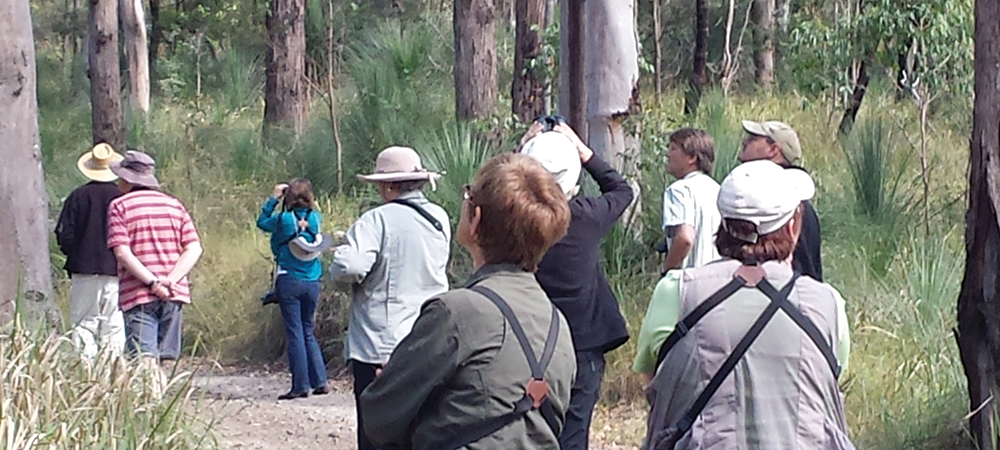 Many citizen science programs utilise bird watchers. Photo: Rochelle Steven
Many citizen science programs utilise bird watchers. Photo: Rochelle Steven
Who is involved?
The project is being undertaken by researchers from the University of Queensland, RMIT, Charles Darwin University, the Australian National University and CSIRO, working in close collaboration with BirdLife Australia. Each group brings a suite of specialised skills, including ecological, social and technical capabilities, to ensure the project outcomes are of a high standard and are useful to key stakeholders in threatened species recovery.
Where is the research happening?
The project aims to influence on-ground participation in threatened species surveillance and management across Australia. Citizen scientists and citizen scientist generated datasets reach across the whole of the continent and as such, the review component of this project will cover all threatened species related citizen science in Australia. The on-ground experimental component will be undertaken in the South East Queensland region.
When is the research happening?
This project ran from January 2017 to March 2020.
More Information
For more information please contact Rochelle Steven - r.steven@uq.edu.au
Top image: Birdwatchers at Mount Tambourine, QLD. Photo: Nicolas Rakotopare
